Despite the name, flying squirrels do not actually fly! Instead, they use flaps of skin to glide from branch to branch. These cute little rodents use this to escape predators and move easily to distant trees. Read on to learn about the flying squirrel.
Description of the Flying Squirrel
There are approximately 50 different species of flying squirrels, but most of them have similar appearances. They are darker on their backs, and commonly have brown or gray fur. Their undersides are lighter, normally cream colored. Like your standard squirrel, they have a long bushy tail. Unlike your standard squirrel, they have flaps of skin that extend from their wrists to their ankles, creating makeshift “wings.”
Interesting Facts About the Flying Squirrel
This group of rodents has evolved for survival. Flying squirrels have many other traits and behaviors besides gliding.
- Born to Gnaw – Like other rodents, flying squirrels have continually growing teeth. If they do not chew and grind their incisor teeth down, they can even grow too large for the squirrel to eat! Continuous growth allows rodents to chew as much as they need to, without worrying about their teeth wearing down.
- Efficient Feeders – Why waste time breaking apart an entire nut, when a small hole will do? Unlike other squirrels, flying squirrels will gnaw a small hole in a nut or acorn and use that to extract the food inside. Other squirrels break open the entire shell.
- Couch Surfing – Flying squirrels do not create their own nests or tree hollows. Instead, they search for a home someone else has made! Large groups of flying squirrels will make their home inside abandoned woodpecker hollows.
- Nocturnal Living – Rather than glide through the trees during the day, flying squirrels secretly swoop from branch to branch at night. This helps them avoid diurnal (daytime active) predators, but still leaves them vulnerable to owls and other nighttime hunters. Their immensely large (and adorable) eyes help them see in the dark.
Habitat of the Flying Squirrel
There are many different species of flying squirrel that live in different areas. They can be found in lots of different habitats, but prefer forests. Some examples include deciduous forests, and mixed forests with hickory and beech trees.
Distribution of the Flying Squirrel
The many flying squirrel species can be found in a number of different locations. You can find flying squirrels in North America, Southeast Asia, Malaysia, Borneo, Indonesia, Finland, Japan, and Thailand. These adaptive mammals are relatively widespread across the globe.
Diet of the Flying Squirrel
Diet will vary based on species, but flying squirrels all have relatively similar eating habits. They will feed on nuts, fruits, eggs, and fungi. Foraging at night does not slow their productivity, and these rodents use their large eyes and keen sense of smell to find food.
Flying Squirrel and Human Interaction
Like many other animals before them, some species of flying squirrel are threatened by human interaction. Deforestation and land development are slowly decreasing the range of these squirrels. Human development can cause habitat fragmentation.
When squirrels are separated by large expanses of impassible habitat, like roads and cities, the separated populations can no longer interbreed. This decreases the genetic diversity of the population, and animals are more likely to reproduce with a relative.
Domestication
Flying squirrels are kept in human care, but they are not considered domesticated.
Does the Flying Squirrel Make a Good Pet
If it is legal in your state, flying squirrels can make a good pet. To own any unusual animal it is important to thoroughly research the animal. You must be ready to take on the commitment of unique and unusual animal care and maintenance.
Flying Squirrel Care
Your squirrel will require a varied mix of nuts, grains, and fruits or veggies. They will require added calcium to maintain health, and your veterinarian may recommend additional supplements. Your squirrel will need a large home cage, and plenty of safe, extra space for flying and exercise. They must have plenty of hiding places and comfy material for their nests.
Behavior of the Flying Squirrel
These nocturnal mammals are highly social. Many species of flying squirrel will aggregate in large groups, and create communal nests in tree hollows. They glide from tree to tree while foraging, and use this method to escape predators as well. They can control their glides using their legs and tail. Flying squirrels in flight can turn 180º in the air.
Reproduction of the Flying Squirrel
The female flying squirrel will use her home tree hollow as a nest, and fill it with soft materials. When the young are born they are hairless and blind, and their mother will care for them without the assistance of the male. By the time the babies are five weeks old they will begin to climb and explore, and between two and three months of age they become independent.

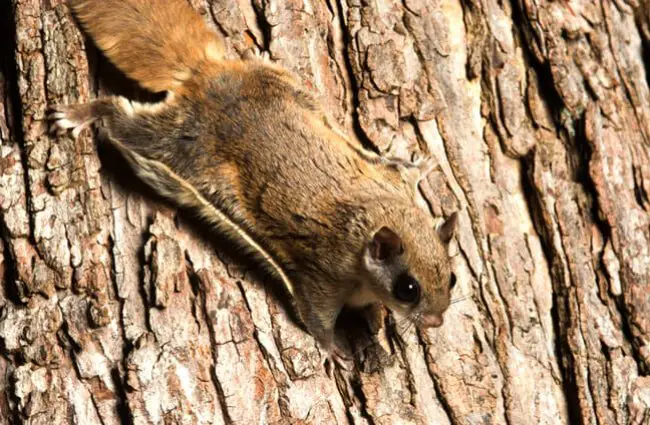
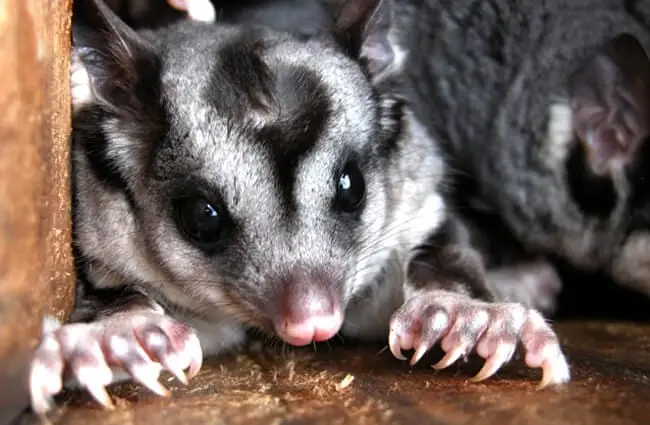
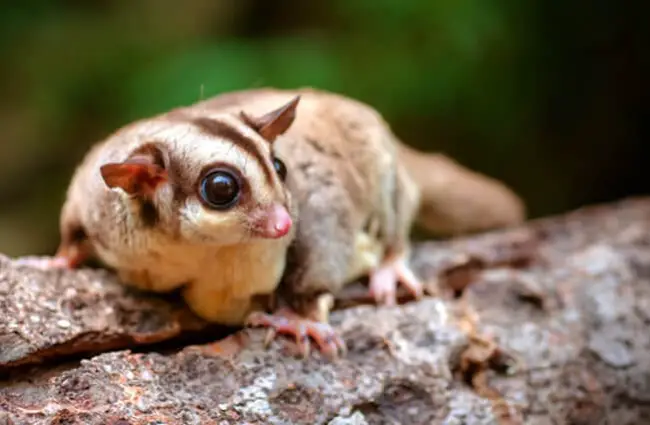
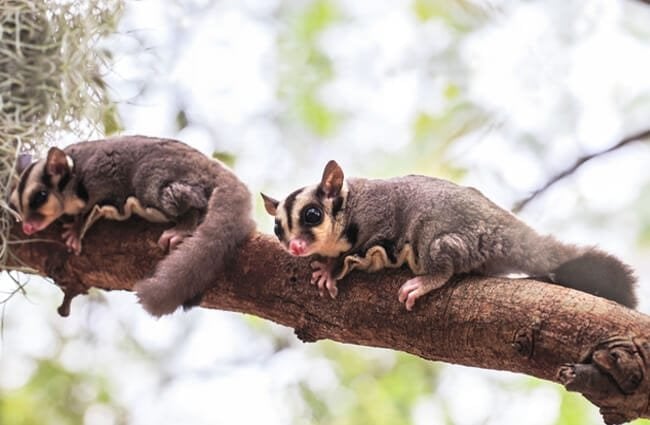

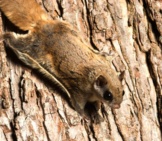
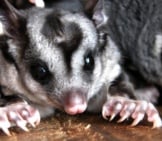
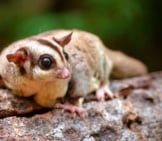

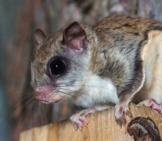
![Red Angus Closeup of a beautiful Red Angus cowPhoto by: U.S. Department of Agriculture [pubic domain]https://creativecommons.org/licenses/by/2.0/](https://animals.net/wp-content/uploads/2020/03/Red-Angus-4-238x178.jpg)












![Red Angus Closeup of a beautiful Red Angus cowPhoto by: U.S. Department of Agriculture [pubic domain]https://creativecommons.org/licenses/by/2.0/](https://animals.net/wp-content/uploads/2020/03/Red-Angus-4-100x75.jpg)

